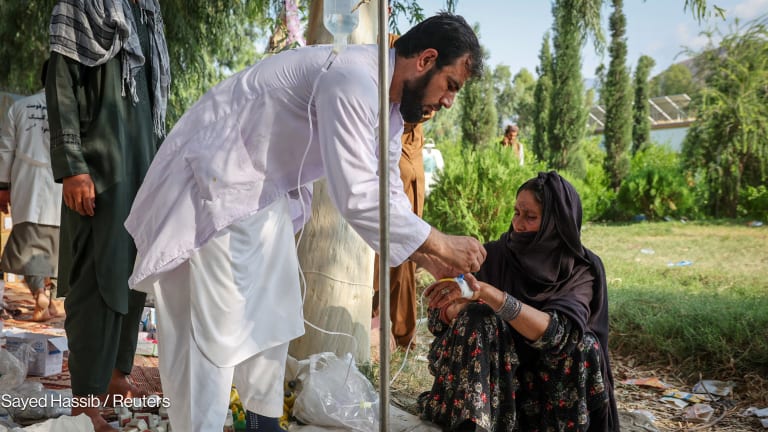An estimated $9 billion was pledged in relief funds following the magnitude-7.0 earthquake that devastated Haiti on Jan. 12, 2010. Since then, conversations about aid to Haiti have leaned heavily toward inefficiencies, real or perceived.
The numbers are readily available to do so. On top of poverty, hunger, gender-based violence, corruption, insecurity and political instability, Haiti has become a country of numbers. There have been more than 700,000 suspected cholera cases since 2010, and two-thirds of the population are under- or unemployed. More than 70,000 Haitians still live in camps. Half of the rural population practices open defecation and more than 31 percent lack access to safe water.
For those aid workers who stayed or entered the country after the initial response, the transition from emergency relief to recovery and reconstruction has been a monumental, often overwhelming task. For them, conversations lean more often toward the small victories they’ve won since.








